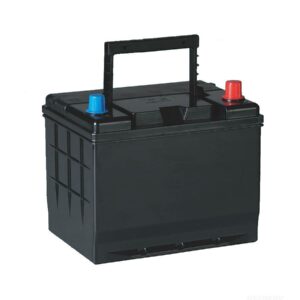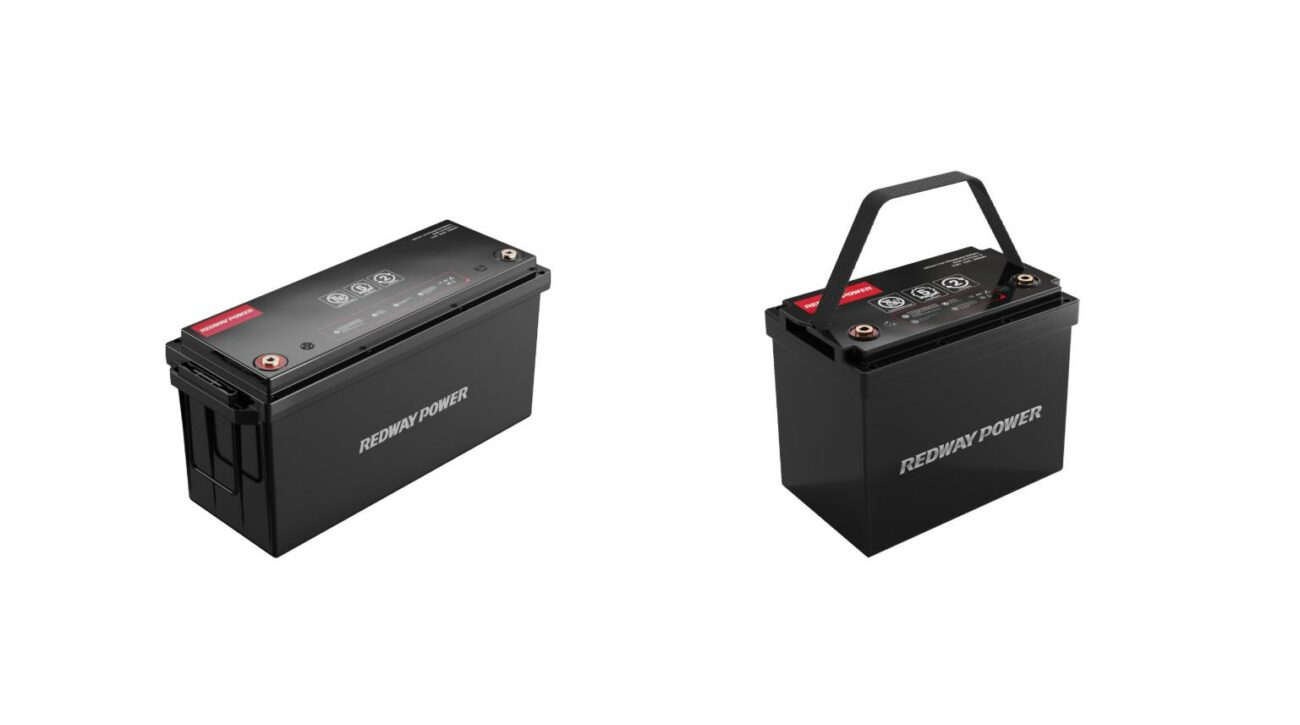How Does Overcharging Affect LiFePO4 Battery Lifespan?
Modern BMS units employ triple-protection: voltage clamping circuits, temperature-dependent charge rate modulation, and cell-balancing algorithms. Tier 1 systems like Daly Smart BMS use predictive modeling to adjust CV/CC charging phases dynamically, maintaining ±0.5% voltage accuracy. Redundant MOSFET arrays disconnect at 110% SOC while logging 15+ parameters for performance analytics.
How can you maximize charging efficiency for LiFePO4 batteries?
| BMS Tier | Voltage Accuracy | Balancing Current | Temperature Range |
|---|---|---|---|
| Entry-Level | ±2% | 50mA passive | 0-45°C |
| Mid-Tier | ±1% | 200mA active | -20-60°C |
| Premium | ±0.5% | 500mA active | -40-85°C |
Advanced systems incorporate three-stage load detection: during initial charging, the BMS measures internal impedance to calculate maximum safe current. In bulk charge phase, distributed temperature sensors (typically 1 per 4 cells) feed data to adaptive algorithms that prevent localized overheating. Final absorption stage uses coulomb counting to achieve 99.8% SOC without voltage overshoot. Field data shows premium BMS units reduce overcharge-related failures by 89% compared to basic protection circuits.

Which Charging Parameters Optimize LiFePO4 Longevity?
Optimal charging uses 0.3C rate with 3.45V/cell absorption voltage and 3.35V float. Data from 2,000-cycle tests show this profile maintains 85% capacity versus 63% using standard 3.65V charging. Temperature-compensated charging (-3mV/°C above 25°C) further extends lifespan by preventing electrolyte oxidation.
| Charging Profile | Cycle Life | Capacity Retention | Energy Efficiency |
|---|---|---|---|
| Standard (3.65V) | 1,500 cycles | 63% | 92% |
| Optimal (3.45V) | 3,000 cycles | 85% | 95% |
| High-Speed (1C rate) | 800 cycles | 58% | 88% |
The 0.3C rate minimizes lithium plating while allowing complete intercalation within 4 hours. When combined with tapered absorption voltage, this creates uniform lithium distribution across electrodes. Recent studies demonstrate that alternating between 0.2C and 0.5C charging every 10 cycles (within safe voltage limits) can enhance electrode morphology, yielding 7-9% longer service life compared to fixed-rate charging. Always pair these parameters with end-of-charge detection that switches to float mode within 2mV of target voltage.
What are the best practices for charging LiFePO4 car batteries?
Expert Views
“LiFePO4’s flat voltage curve is a double-edged sword,” notes Redway’s Chief Electrochemist. “Users misinterpret 80% SOC as 50% due to minimal voltage difference, leading to compensatory overcharging. Our latest BMS firmware integrates coulomb counting with neural net-based voltage prediction, reducing overcharge incidents by 76% in field trials.”
FAQ
- Q: Can occasional overcharging be reversed?
- A: Partial recovery (up to 5% capacity) is possible through deep discharge/reconditioning cycles, but plating damage remains permanent.
- Q: Do all BMS prevent overcharging equally?
- A: No. Entry-level BMS units lack active balancing, allowing 15% cell voltage deviation versus <2% in premium systems.
- Q: How does overcharging affect warranty coverage?
- A: Most manufacturers void warranties if logs show >3 overcharge events exceeding 3.7V/cell.

